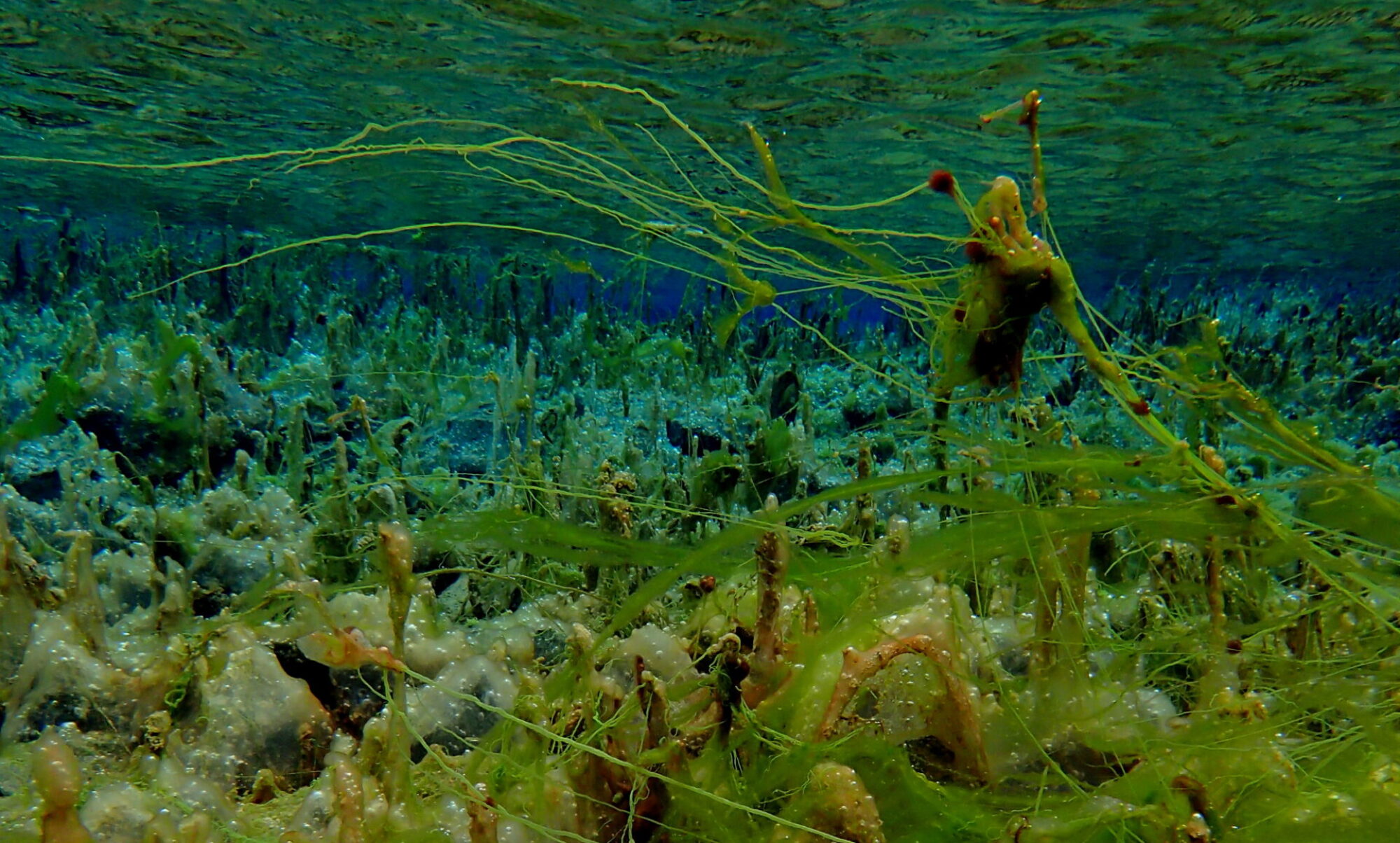I will start by saying that this idea has been copied from other cavers/ divers, this isn’t the the first time someone has wanted to use a Distox2 underwater. My reason for wanting a waterproof Distox2 is allow me to use the same methodology for underwater photogrammetry geo-referencing that I use for above water photogrammetry geo-referencing to preserve accuracy through sumps. Lasers do have limitations underwater, light is attenuated by water quite readily especially red light or red lasers. so the range is going to be very limited even in very clear waters.

The main body of the housing is made from Acetal, a small cut out sealed with an o ring allows the laser to emit and receive through the front of the box and is covered by 5 mm thick perspex. The lid is 12 mm thick polycarbonate and houses two brass buttons sealed with o rings to actuate the on/ off buttons. The springs have been taken from a Gopro housing and are the most ferrous part, making the bearing swing by 0.2° when they are swept close to the Distox2, all screws are brass. A standoff is fitted to the rear to extend the rear reference point to make it easier to align to the survey station. The gland sticking out the side doesn’t have a function other than to seal the hole present in the side ( the boxes previous life was a waterproof box for an Arduino Mega).

Due to the difference in refractive index of water and air the distance readings taken underwater are no longer correct when compared to the same measurements taken in air. The refractive index of air is around 1.00 and approximately 1.33 in the water I would be using the device in.

To prove this I made a test in my bath, I put two pencil marks at either ends of my bath, with the Distox2 in the housing I made a measurement with the marks and device underwater then again with the water drained, I also measured with a tape measure for a sanity check.
The tape read 1.415 m, the dry Distox2 in the box read 1.31 m and the wet shot read 1.70 m.
The distance from the rear of the disto to the reference extension stick needs to be added which is an extra distance of 0.109 m, this added to 1.31 m gives 1.419 m which is very close to the taped measurement.
Converting the underwater shots distance requires the offset from the front of the device to the rear to be subtracted first as this is a fixed offset added by the Disto and doesn’t need to be scaled from water to air. There is also around 0.02 m of air in front of the disto before the laser passes through the housing lense and into the water and this doesn’t need to be scaled either, i’m purposefully ignoring the 5 mm of perspex as this is very small compared to the distance of the shots being taken and probably only accounts for a few millimeters of difference.
So starting with the wet shot distance of 1.70 m we need to subtract 0.134 m which is the length of the disto plus the air gap in front. This gives 1.566 m, which we need to scale by the refractive index of water 1.33, which gives 1.177 m. To this we need to add the length of the disto plus air gap and the extension distance so 1.177 + 0.134 + 0.109 + 1.420 m which is very close to the taped distance and the dry measured distance – Result !
The distoX2 manual available here:
Click to access DistoX2_UserManual.pdf
It states that the wavelength of the laser is 635 nm, using this calculator here we can confirm the refractive index of water is around 1.33xx.
https://www.staff.tugraz.at/manfred.kriechbaum/xitami/java/H2Orindex.html

The next phase is some pressure/ wet testing of the housing without the Disto installed in case it leaks then I can begin to put it into use, sump 9 in Porth Yr Ogof is the first place I have in mind for it so that data collected in Parker Series can be accurately aligned to the rest of the cave.
